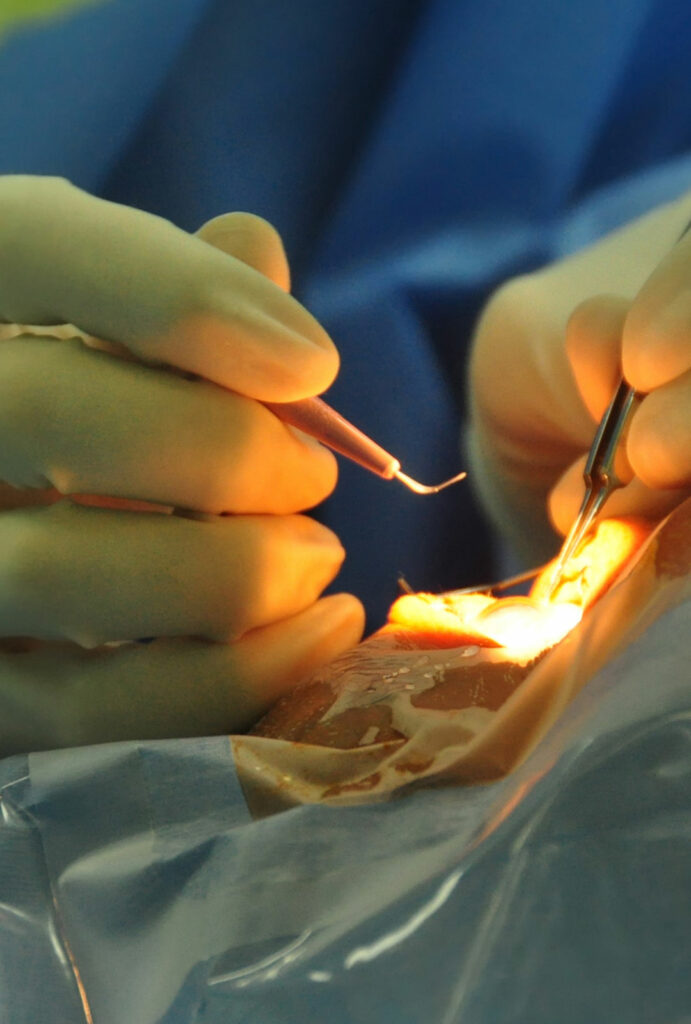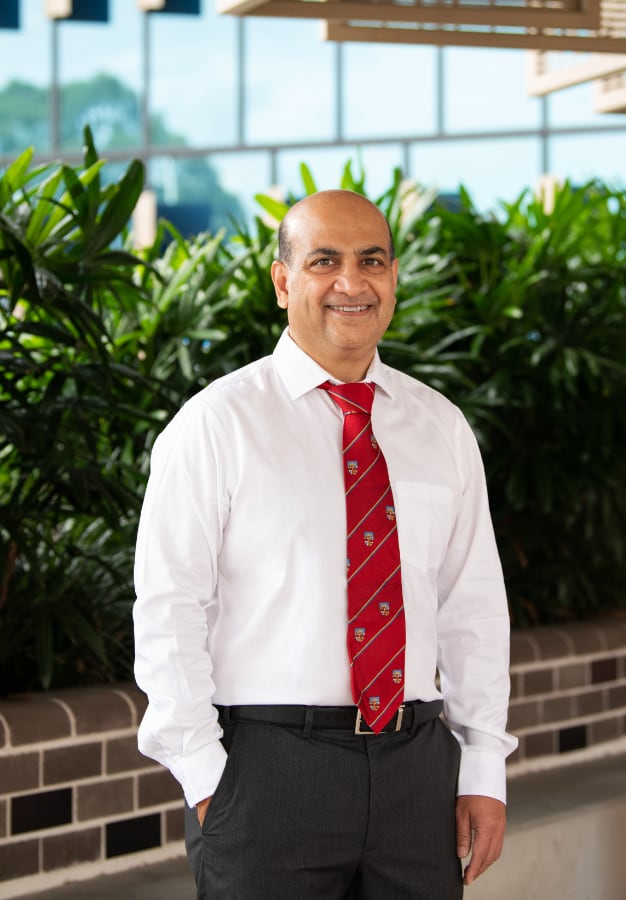Skin burns are injuries caused by heat, chemicals, electricity, radiation, or friction. Burns can range from minor to life-threatening and can cause significant physical and psychological trauma.
In Australia, where outdoor activities are prevalent and industrial work is common, burn injuries are a critical concern.
Reconstructive surgery plays a vital role in the recovery process, aiming to restore both function and appearance to affected areas.

Burns can be caused by various factors:
Patients are usually advised to:
Burn reconstruction surgeries are typically performed under general anaesthesia. The duration of the surgery can vary depending on the extent and complexity of the burns. Multiple surgeries may be required over time to achieve the best possible outcomes.
Recovery times vary depending on the extent of the burns and the type of reconstruction performed. Most patients can expect to see gradual improvements over several months.
Physical therapy and rehabilitation are crucial components of recovery, helping to restore function and mobility.
The results of burn reconstruction surgery can significantly enhance both the appearance and functionality of the affected areas. While complete restoration may not always be possible, the improvements can lead to a better quality of life and increased self-confidence.
Skin burn reconstructive surgery is a complex and multifaceted field that aims to restore both function and appearance to those affected by severe burns. In Australia, experienced plastic surgeons employ advanced techniques to provide comprehensive care for burn victims.
Whether addressing the immediate aftermath of a burn injury or managing long-term scarring, reconstructive surgery can offer transformative results, enhancing patients’ lives and helping them regain confidence.
For more information or to schedule a consultation, please contact our clinic. Dr Atul Ingle has significant experience performing burn reconstructive surgery and is dedicated to helping you achieve your aesthetic goals and enhancing your overall quality of life.
He has 20+ years of experience in plastic and reconstructive surgery and holds two Master of Surgery Degrees. He is the Head of the Plastic and Reconstructive Surgery Department at Townsville University Hospital.
If you have a question about a condition or treatment, or would like to book an appointment, please contact us and one of our friendly staff members will happily assist you.
